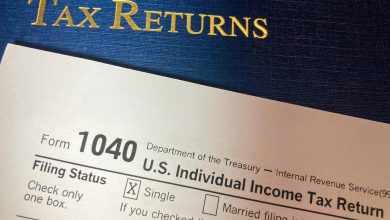How Much Does It Cost to Retire?

How Much Does It Cost to Retire?
Retirement isn’t a number—it’s a lifestyle choice. But to fund that lifestyle, you need a solid understanding of the costs involved. Asking “how much does it cost to retire?” isn’t about guessing a lump sum. It’s about calculating what you’ll spend each year, how long you’ll need it to last, and whether your income sources can keep up.
Start with Your Ideal Lifestyle
The first step is to define what retirement means to you. Will you travel frequently, downsize to a small home, support family members, or pursue hobbies that cost money? Your desired lifestyle shapes your retirement budget more than any rule of thumb ever will.
If you plan a modest lifestyle, your costs will be lower. If you want to travel the world or live in a high-cost city, plan for more.
Estimate Your Annual Expenses
Most retirees spend about 70% to 80% of their pre-retirement income annually, but this is just a baseline. A more accurate approach is to build a retirement budget from the ground up:
-
Housing (rent, mortgage, taxes, maintenance)
-
Food and utilities
-
Transportation (car payments, insurance, gas)
-
Health care (insurance premiums, out-of-pocket costs)
-
Travel and leisure
-
Insurance and taxes
-
Emergency funds and long-term care
Don’t forget inflation—what costs $60,000 a year today could require $80,000 a year in a decade or two.
Factor in Health Care Costs
This is one of the most underestimated expenses in retirement. Even with Medicare, out-of-pocket costs for a couple retiring at age 65 can easily exceed $300,000 over their lifetime. This includes premiums, prescriptions, dental, vision, and possible long-term care. Planning for these expenses is critical.
Project Your Retirement Length
Your savings need to last as long as you do. If you retire at 65, you may need to fund 20 to 30 years—or more. That makes longevity one of the biggest financial risks. Plan for a long life, even if your family history suggests otherwise.
Account for Income Sources
Now compare your estimated annual expenses with your expected income. This includes:
-
Social Security
-
Pensions
-
Retirement accounts (401(k), IRA)
-
Rental or investment income
-
Other savings
The gap between your income and your expenses is what your retirement savings must cover. Use tools or a financial advisor to help model these numbers realistically.
What’s the Final Number?
For most Americans, a safe withdrawal rate is around 4% annually from retirement savings. That means if you need $40,000 a year from your savings, you’ll need a nest egg of about $1 million. But this is a rule of thumb, not a guarantee. Market conditions, inflation, and personal health can all shift the outcome.
Conclusion
There’s no one-size-fits-all answer to how much it costs to retire. Your lifestyle, health, and location all play major roles. The key is to plan early, budget realistically, and keep revisiting your plan as life changes. Retirement isn’t about hitting a magic number—it’s about knowing how much you need and making sure you’re ready to meet it.



